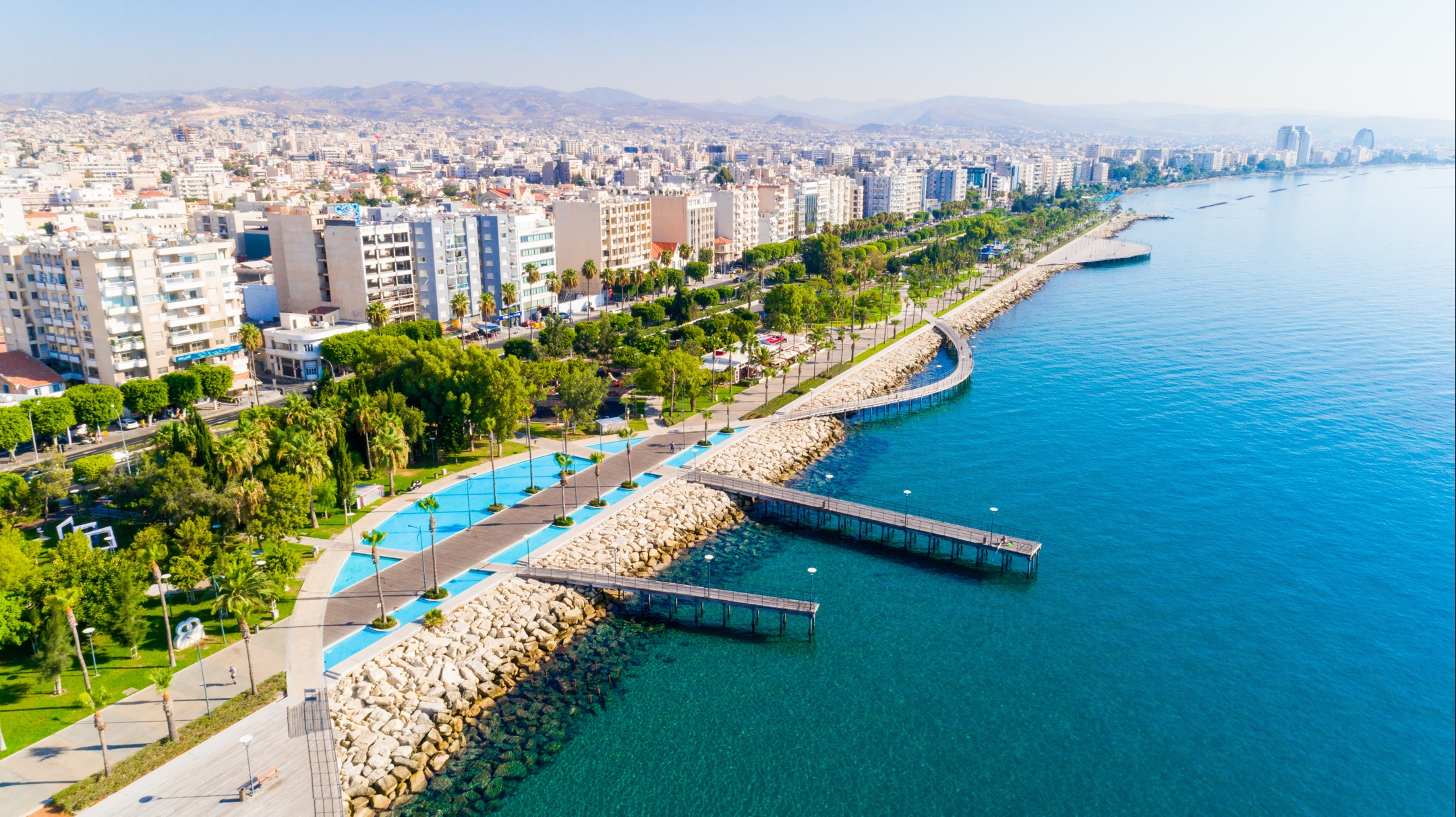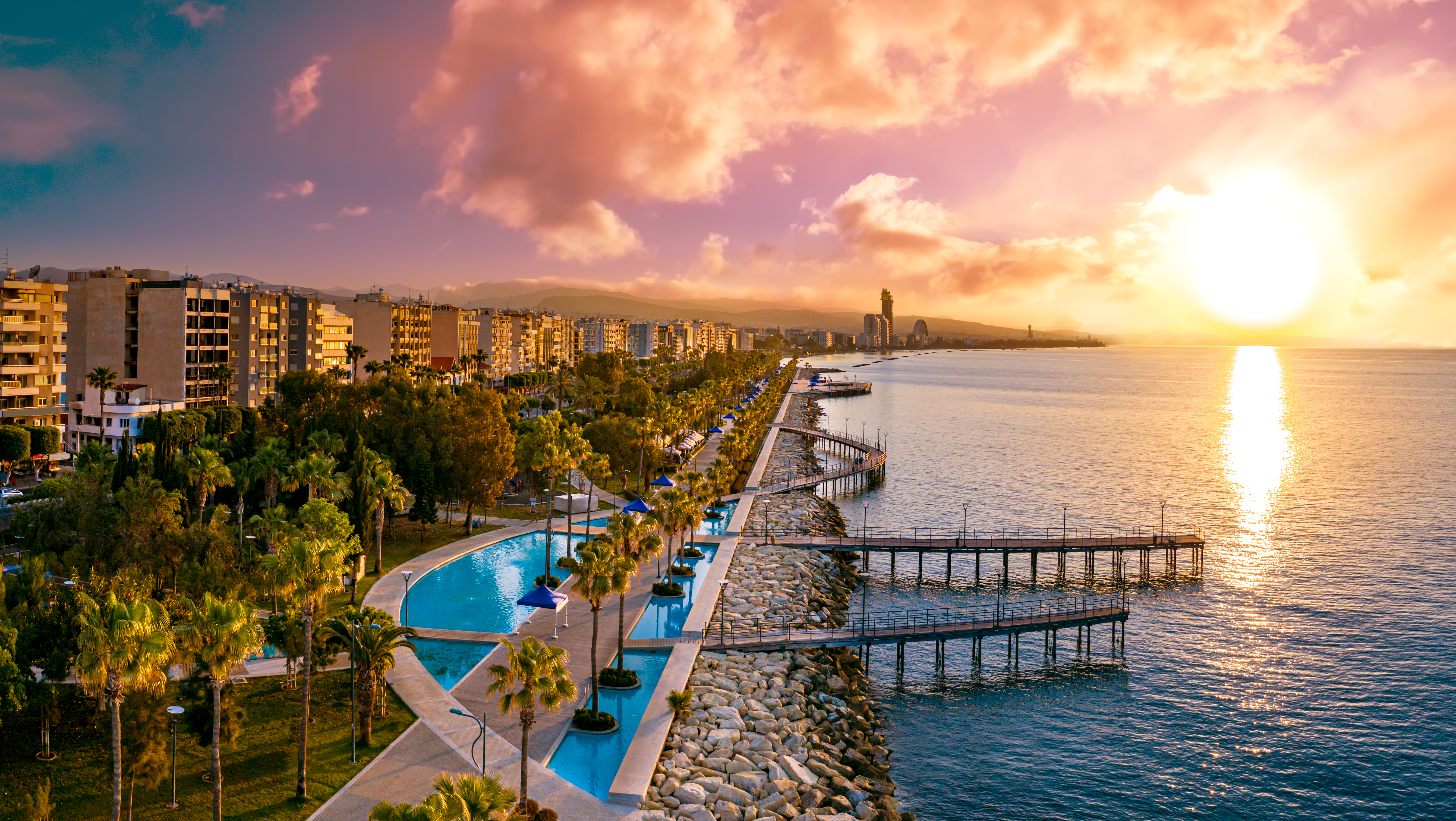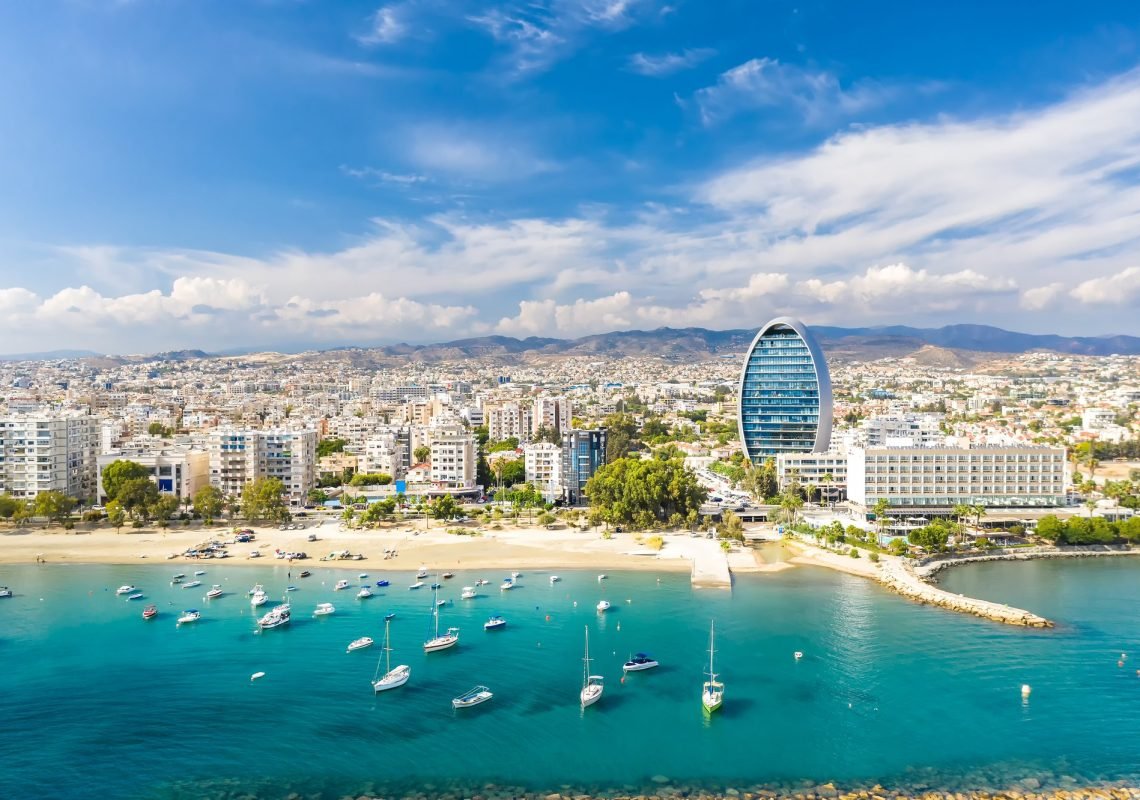
Cost of Living in Cyprus 2025: A Detailed Guide to Limassol for Investors
6 August 2025
Limassol continues to be the island’s most dynamic city—attracting property investors, expats, and digital entrepreneurs alike.
But what does it really cost to live here?
In this in-depth 2025 guide, we break down living expenses, explain why costs are rising, outline tax implications, and show how Square One provides a turnkey solution for smart investors.
Developed for investors, by investors—Square One is the developer that thinks like you.
1. Rent Prices in Limassol (2025)
Limassol commands the highest rental prices in Cyprus—and for good reason.
Its fast-growing business scene, active expat community, and strategic location make it one of the most desirable property markets in the region.
- Studio apartment (city centre): €900–€1,200/month
- 1-bedroom apartment (city centre): €1,200–€1,600/month
- 2-bedroom apartment (city centre): €1,600–€2,400/month
- Outside city centre: 15–25% lower
Investors can explore Square One’s premium projects in central locations offering strong rental returns and high appreciation potential.
2. Utilities and Internet
- Electricity, water & waste (for 85m² apartment): €120–€180/month
- High-speed internet (fibre): €30–€45/month
Air conditioning in summer can significantly increase electricity bills, especially from June to September.
3. Transportation Costs
- Public bus ticket: €2
- Monthly bus pass: €40
- Taxi (start + per km): €1.20 + €0.80/km
- Fuel (petrol): ~€1.45/litre
While Limassol is car-friendly, many neighbourhoods are walkable and well-connected to business hubs and leisure zones.

4. Grocery and Dining Costs
A typical monthly grocery bill for one adult:
Item Average Price (€) Milk (1L) 1.60 Bread (500g) 2.00 Eggs (12) 3.50 Chicken (1kg) 7.00 Rice (1kg) 2.50 Cheese (500g) 5.50 Apples (1kg) 2.30 Water (1.5L) 0.80
- Monthly grocery spend (per person): €300–€400
- Dining out:
5. Education Costs (Private Schools)
Limassol is home to some of the island’s top international schools.
- Kindergarten: €4,000–€6,000/year
- Primary School: €6,000–€9,000/year
- Secondary School: €8,000–€13,000/year
See: Top 5 Private Schools in Limassol
6. Healthcare Costs
Cyprus offers both public (GESY) and private healthcare systems. Many foreign residents prefer private services for speed and flexibility.
- GESY contributions: ~2.65% of gross salary
- Private health insurance: €50–€150/month
- Private GP visit: €40–€60
- Dental appointment: €50–€100
More info: Top 5 Hospitals in Limassol
7. Lifestyle & Leisure
Limassol blends business, leisure, and Mediterranean charm.
- Gym membership: €40–€80/month
- Cinema ticket: €9
- Yoga or fitness class: €10–€15
- Co-working desk: €150–€250/month
Public beaches, seaside promenades, festivals, and outdoor dining add to the lifestyle appeal at little or no extra cost.

8. Why Are Living Costs So High in Limassol?
Limassol’s rising costs are a direct result of growing international demand, limited land, and strong economic fundamentals. Here’s why prices remain high:
1. High Demand, Limited Supply Investor interest remains strong, especially in central zones with high rental yield. Limited availability of new developments keeps prices elevated.
2. Foreign Investment Influence Even after changes to residency schemes, international demand—especially from Europe, Israel, and the Middle East—continues to drive up property and lifestyle costs.
3. Island Economics As an island nation, Cyprus imports most goods. This raises prices for groceries, fuel, building materials, and energy.
4. Wage Growth & Inflation Post-2022, rising wages in key sectors (tech, shipping, professional services) have contributed to price inflation, especially in Limassol.
5. Tourism & Short-Term Rentals Tourism fuels demand for high-quality apartments, putting pressure on both long-term and short-term rental availability and pricing.
9. Monthly Cost Overview (2025)
Expense Category Estimated Monthly Cost (€) Rent (1-bed central) 1,400 Utilities & Internet 180 Groceries 350 Transportation 80 Healthcare (Private) 80 Lifestyle & Leisure 100 Total (Single Adult) ~€2,200/month
- Couples: ~€3,500/month
- Families with children: €4,000–€5,000/month
10. Taxes in Cyprus
Cyprus offers one of the most favourable tax regimes in Europe for residents and investors:
Personal Income Tax Rates (2025)
- €0–€19,500: 0%
- €19,501–€28,000: 20%
- €28,001–€36,300: 25%
- €36,301–€60,000: 30%
- €60,001+: 35%
Pension Income: Foreign pensions can be taxed at a flat 5%, with the first €3,420 exempt.
Other Tax Advantages:
- No tax on dividends
- No inheritance tax
- No tax on bank interest
- Numerous personal deductions available
Property Taxes
- Municipality tax
- Garbage collection
- Sewerage tax
These are location-dependent and usually range from €100–€300/year per property. Always confirm with the local municipality.
Related article: Cyprus Rental Income Tax in 2025
11. Average Living Costs by City (2025)
According to Numbeo and Expatistan data (via Phileleftheros newspaper), the average monthly cost of living for a family of four is:
- Limassol: €4,141
- Nicosia: €3,197
- Larnaca: €2,895
- Paphos: €2,642
Limassol remains the most expensive city, largely due to its high rental and dining costs, but it also offers the strongest investment fundamentals.
12. Why Square One Builds in Limassol
Rising costs create both challenges and opportunities.
At Square One, we focus on simplifying investment through a turnkey solution designed for international buyers.
We manage the entire process: from acquisition and construction to furnishing, rental management, and tenant support—so you don’t have to.
- Projects in high-demand neighbourhoods
- Layouts optimised for short- and long-term rental
- Rental management by trusted partners like Moving Doors
- Transparent pricing and investor-first support
Explore our investor-ready projects: www.squareone.com.cy/projects
Explore More Investor-Focused Insights
- Cyprus Sales Surge: 2025 Property Market Breaks Records
- Cyprus Rental Income Tax in 2025
- Property Transfer Fees in Cyprus: What Every Buyer Needs to Know
- VAT on Property in Cyprus: The Complete Guide




